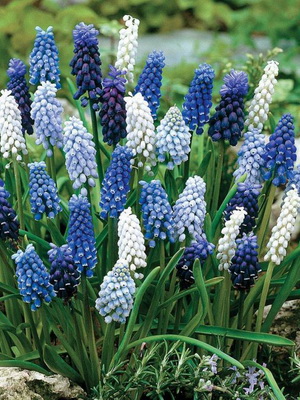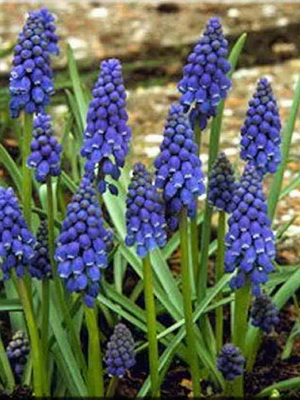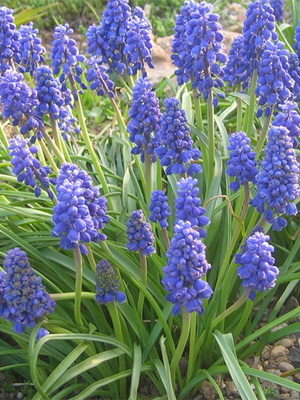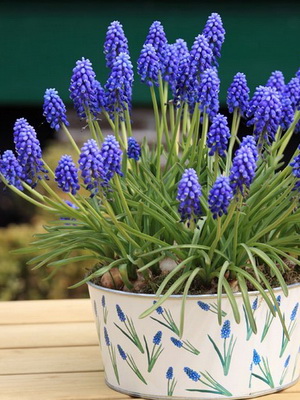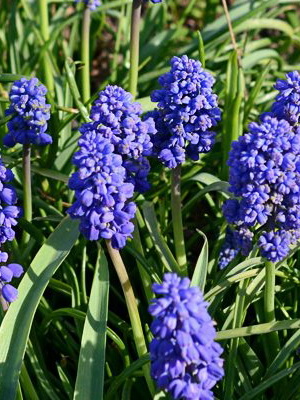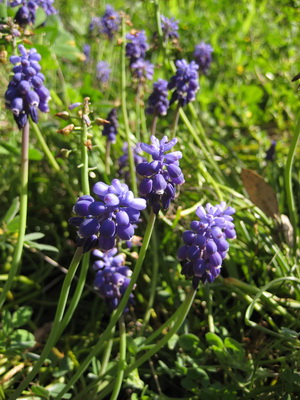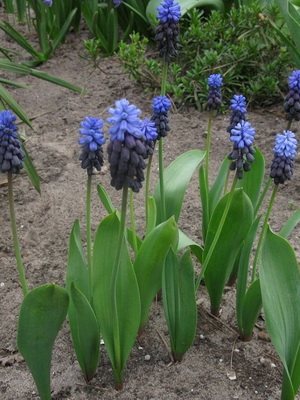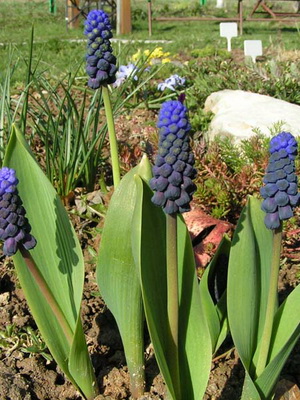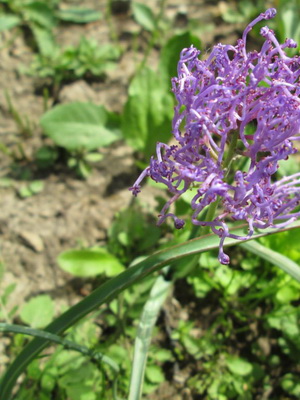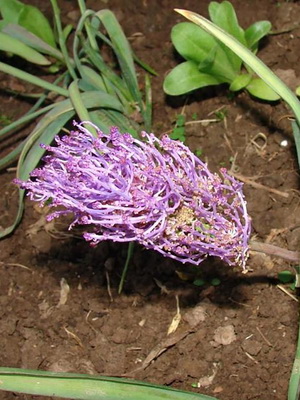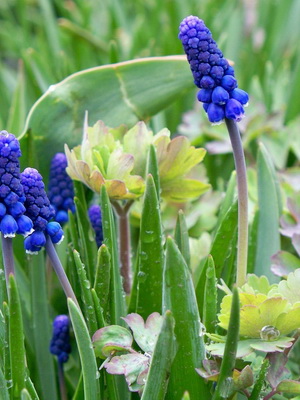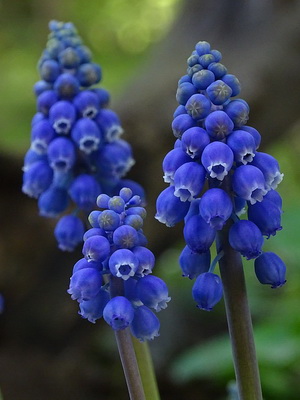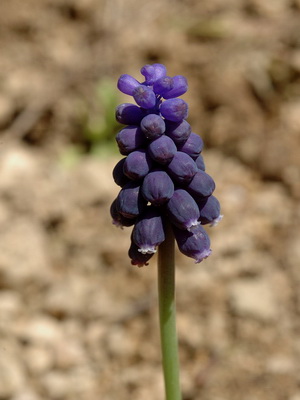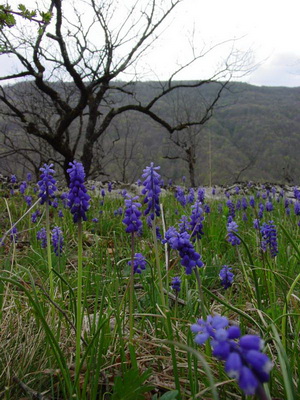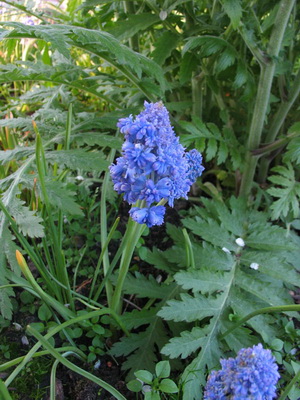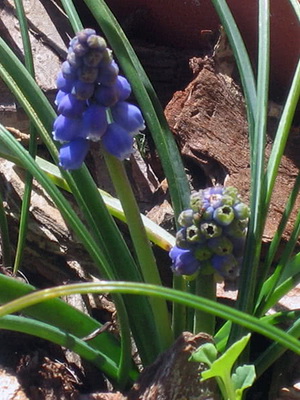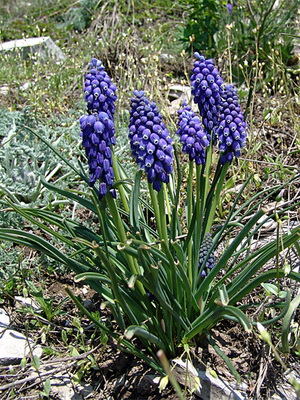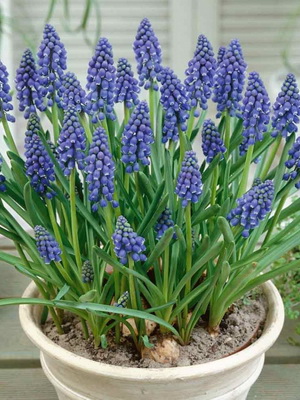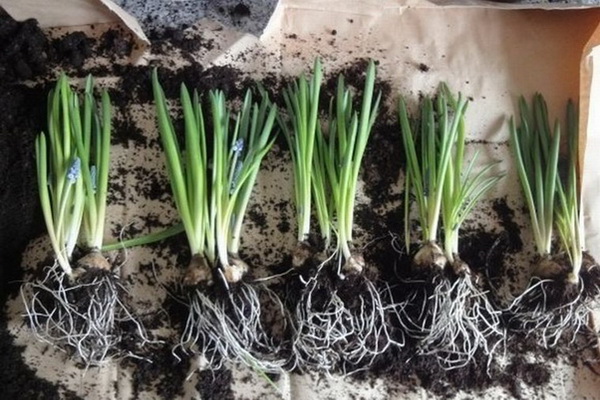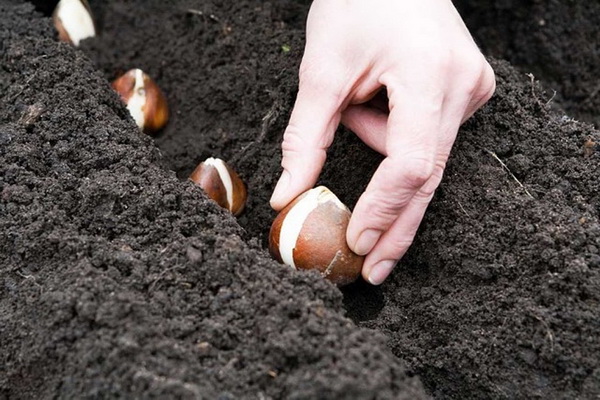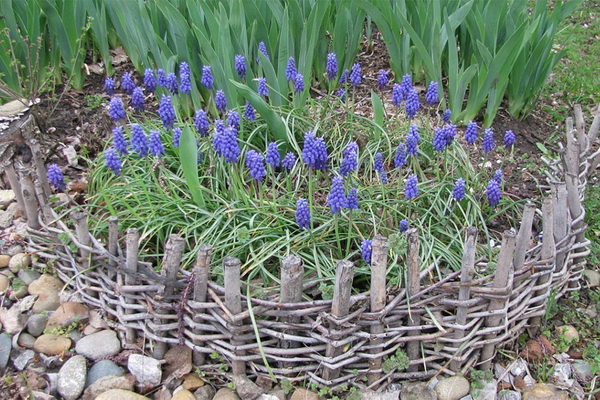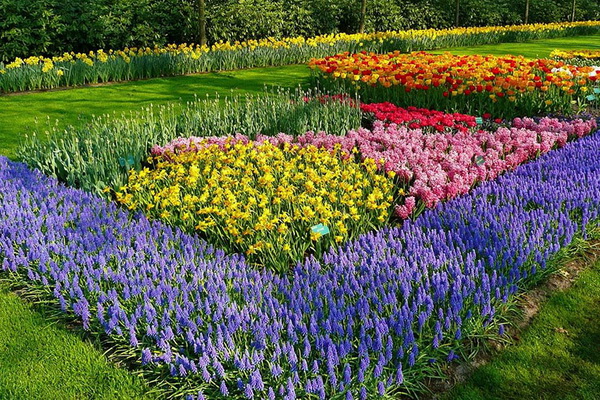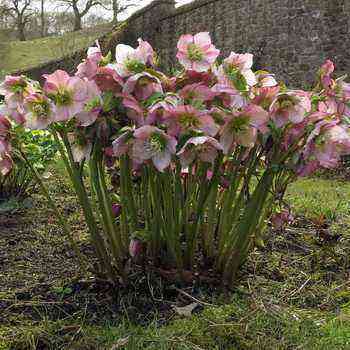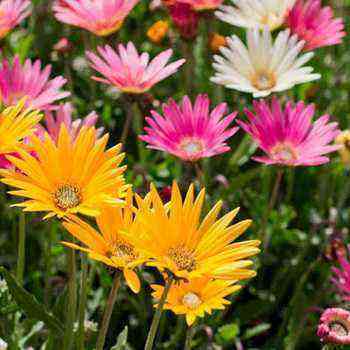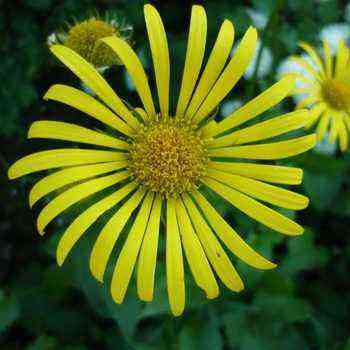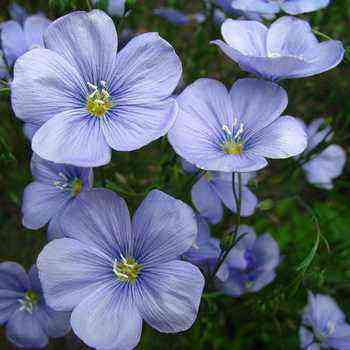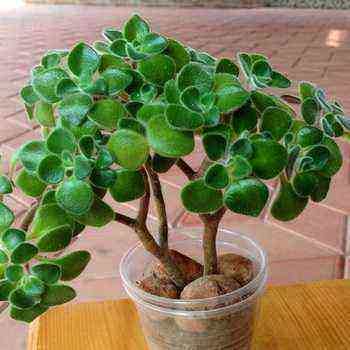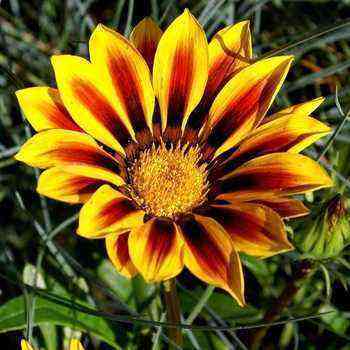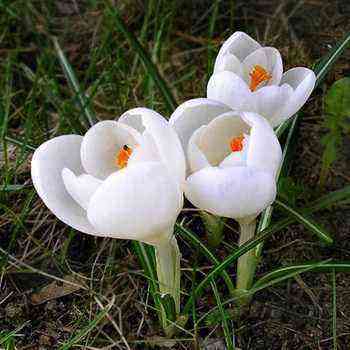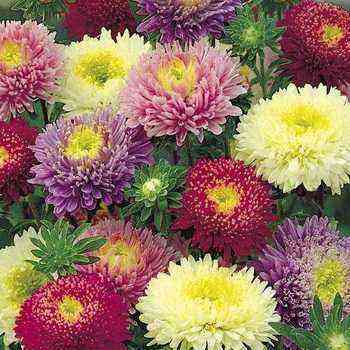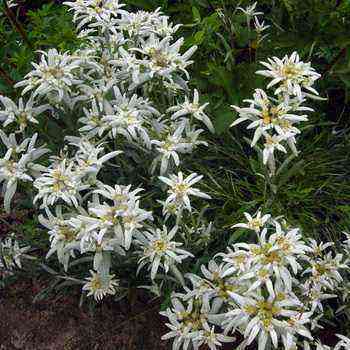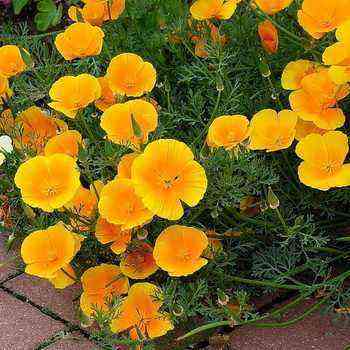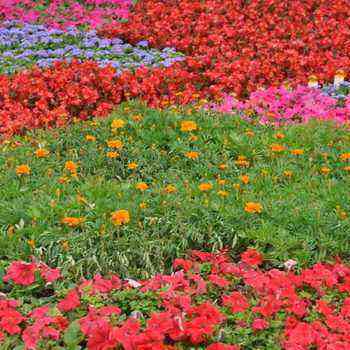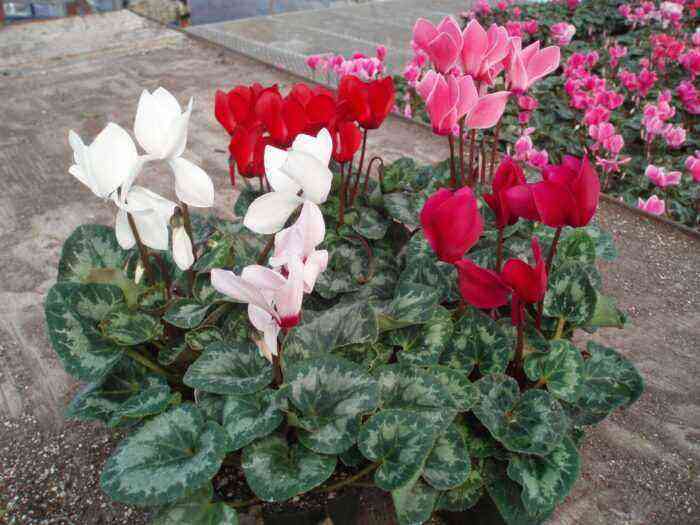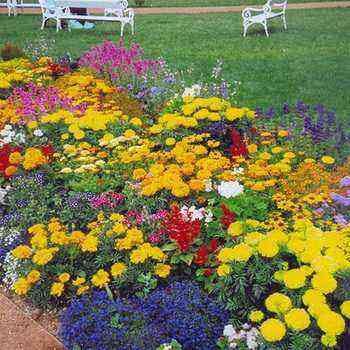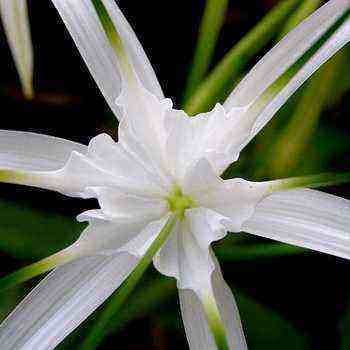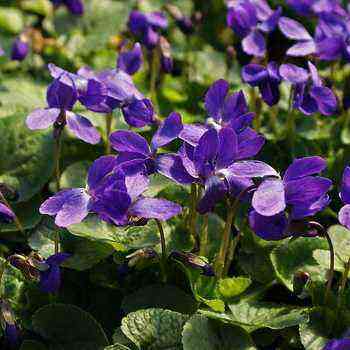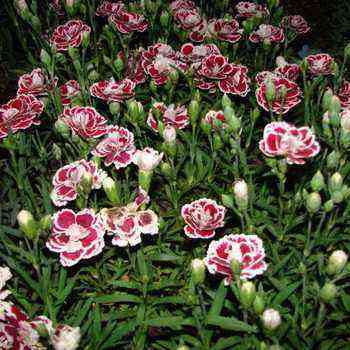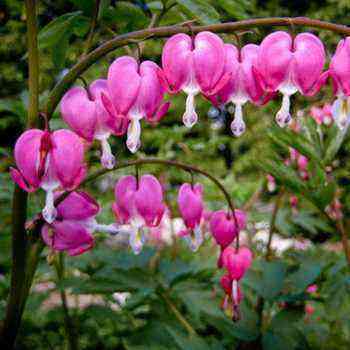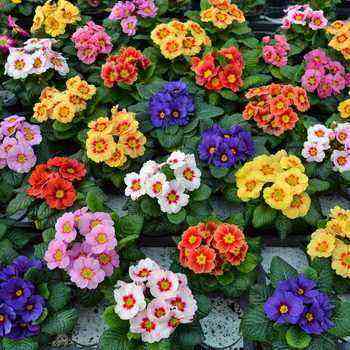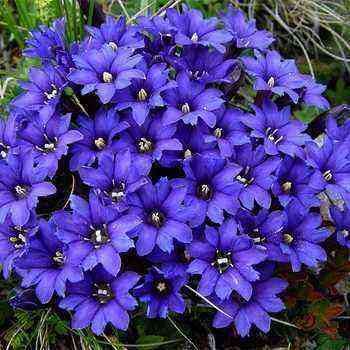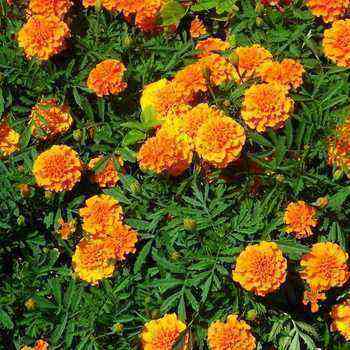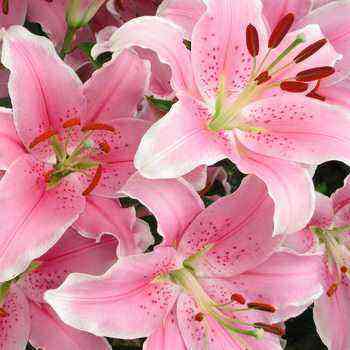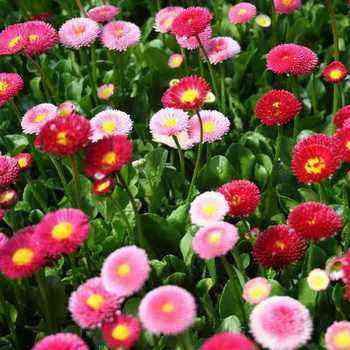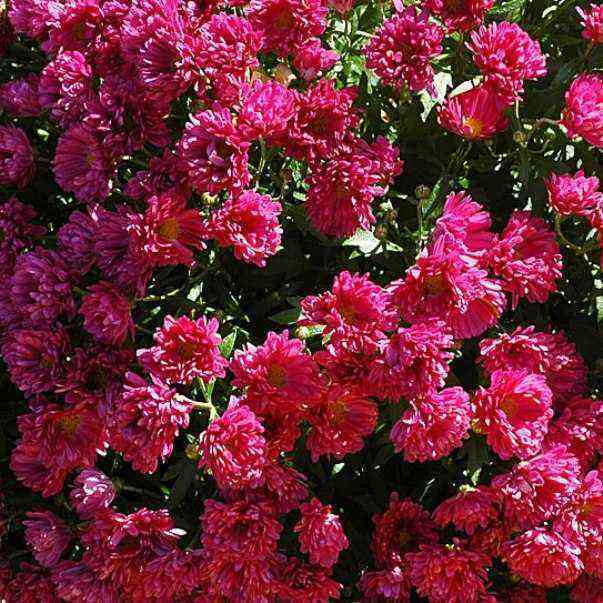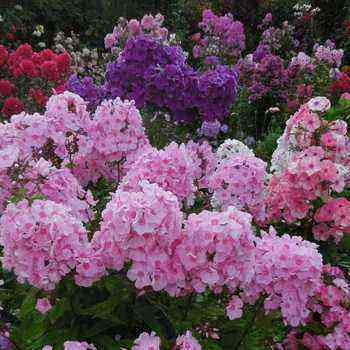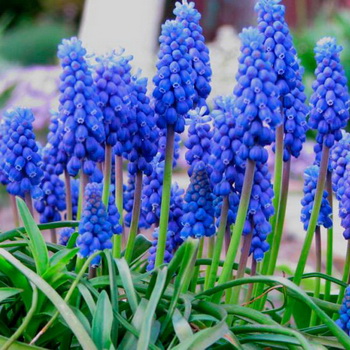
Muscari (muscari) is a stunted bulbous ornamental plant, outwardly strongly resembling hyacinth, hence its second name “mouse hyacinth”. This perennial revitalizes the site, adds bright colors to it, creates a special mood in the flower garden. It is often used in landscape design to create floristic compositions. For those who wish to start growing muscari hyacinths, this article provides information on the features of the content of this flower. Having studied it, the gardener will be able to succeed in breeding it and create his own unique corner in the garden with the participation of this culture.
Homeland – Caucasus and Southern Europe. Under natural conditions, it grows in the Mediterranean, Asia Minor and Central, in the Crimea and the Caucasus.
The Latin name is given for the smell of flowers, reminiscent of the smell of musk. The genus includes about 60 species.
Botanical description of mouse hyacinth or muscari
According to their botanical description, mouse hyacinths are short (15–25 cm) bulbous perennials. Bulbs are ovoid, with small scales, up to 3.5 cm high, 0.8-2.5 cm in diameter. One bulb can produce several peduncles. Basal leaves are linear, up to 18 cm long. About 6 – 7 pieces of them can grow on one stem. New leaves in some species grow back in the fall and winter green, in others they appear in the spring when the snow melts. Flowers are formed on bare peduncles. They are rather small, with a diameter of 0.5 cm, blue, purple, sometimes white, collected in a small dense raceme, the length of which is 8 – 9 cm.
Muscari bloom begins in early spring and lasts for 3 to 4 weeks, the growing season ends in June. The fruit is a three-celled lionfish of a heart-shaped or round shape with small black seeds inside. Seed germination lasts for 1 year.
In one place the bush grows for 5-6 years. All species of this plant are valued for their high decorative effect and unpretentiousness to growing conditions.
The description of the muscari mouse hyacinth is supplemented with a photo of these flowers, where you can see how they look and what distinctive features they have:
Types and varieties of muscari plants
Muscari Armenian (Muscari armeniacum).
A perennial miniature plant with a few short basal leaves and a small peduncle 10-20 cm high.The inflorescence is shaped like an ear 2-8 cm long with densely collected, numerous (up to 70 and more) miniature flowers 0.4-0.8 cm long. The flowers are blue.
Muscari varieties of Armenian:
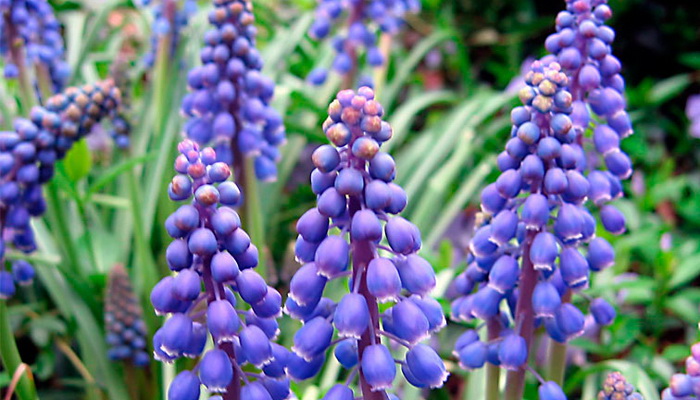
“Christmas Pearl” – is a tall bush with bright purple inflorescences;

Fantasy Creation is one of the most beautiful varieties of mouse hyacinth with greenish-blue and blue flowers;
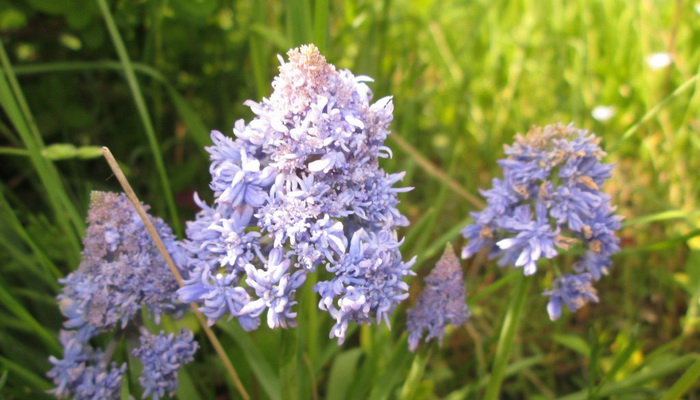
“Blue Spike” is a terry muscari variety with lush clustered inflorescences, consisting of 170 flowers. Suitable for cutting.
Muscari uviform (Muscari botryoides).
This species naturally occurs on meadows and mountain slopes in the subalpine and alpine belts of Central and Southern Europe. One of the most common in the culture. Leaves are linear, 3 cm wide, 25-30 cm long. Peduncle up to 20 cm high, on it up to 35 drooping dark blue flowers with white teeth. There are garden forms with white and blue fragrant flowers. Blooms in May.
Muscari grape varieties:
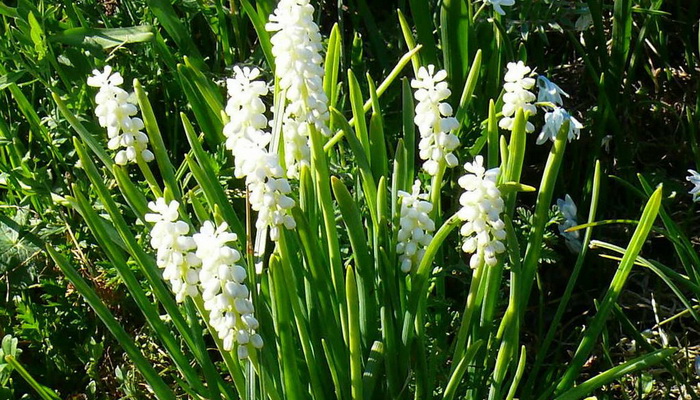
“V album” – a variety with lush, groin-like snow-white inflorescences;

“V carneum” is a bush with pink flowers.
Muscari broadleaf (Muscari latifolium).
A plant with dark green lanceolate leaves 15-17 cm long. Peduncle up to 25 cm long with an inflorescence bearing up to 100 dark purple flowers. It differs in that several peduncles can form from one bulb.
Muscari crested (Muscari comosum).
An unusual spectacular view with a tuft at the top of the peduncle, consisting of many lilac flowers with arched legs. The most popular variety of this species is “Plumozum”, which is a bush with highly branched stems and purple-lilac flowers.
Muscari blue (Muscari coeruleum).
Occurs in the meadows of the subalpine and alpine belts. The flowers are blue with white oval teeth. Flower arrow up to 15 cm tall. Leaves are linear, narrowed downward, pointed. Blooms in May.
Muscari fragrant (Muscari racemosum).
A small plant with faint-hearted dark blue flowers and arcuate curved, narrow-linear, semi-cylindrical leaves. Homeland – Central and Southern Europe, North Africa, Western Asia.
Muscari ordinary (Muscari hotryoides).
Leaves are linear, erect, almost flat. Blue, violet-blue, sometimes odorless white flowers. Plant height up to 12 cm. Occurs in Central and Southern Europe, as well as in the Caucasus.
Common muscari varieties:
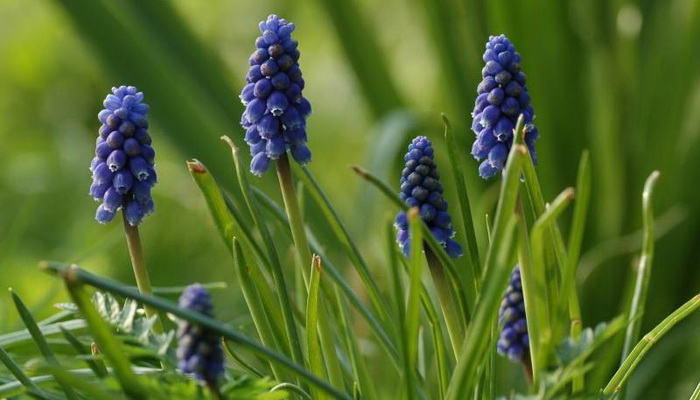
“Flight of Fantasy” – a bush with blue flowers;

“Peppermint Lollipop” – a variety with blue inflorescences;

“Pink Dawn” – a plant with pale pink racemose inflorescences;

Valeria is a spectacular variety with blue and white flowers;
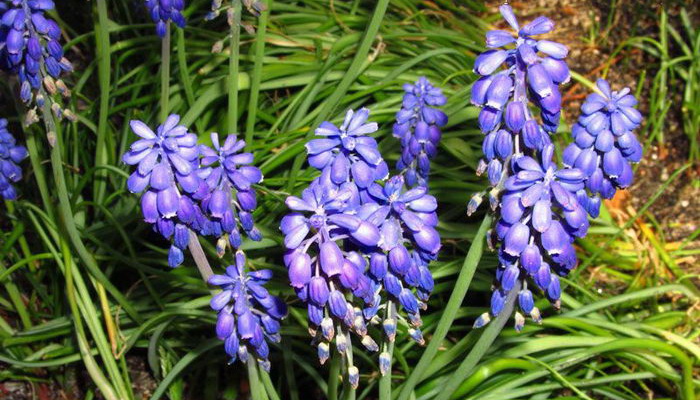
“Golden fragrant” – it is distinguished by beautiful golden inflorescences;
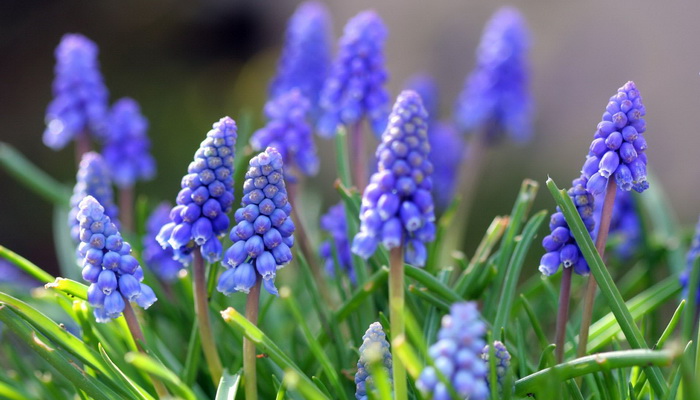
“Magic Ocean” – valued for inflorescences with an unusual color: the upper flowers are pale blue, with a gradual transition to a deep blue color, which the lowermost flowers have.
Muscari racemosum (Muscari racemosum) and Shovitsa muscari (Muscari szovitsianum).
Plants are 14-25 cm high. Flowers are dark purple.
Grades:
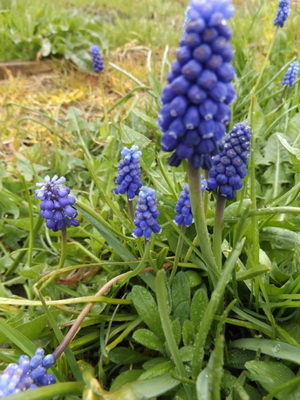
Airlie Giant

“Kenteb” – blue flowers

“Album” – white inflorescences
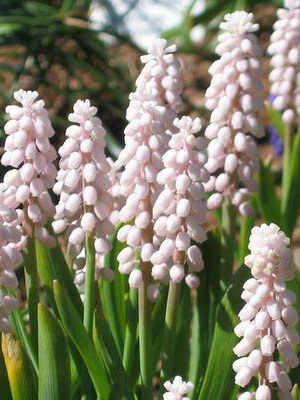
“Arnott” – flowers with a pinkish tinge
The selection of photos below shows that the color of muscari can be different, depending on the variety, but it is always very rich and beautiful, this is the main value of this culture:
Muscari flower care after planting
Location. The muscari plant is completely undemanding to the place of planting, it develops well both in illuminated places and in strong shade. When choosing a place to grow a crop, you should avoid areas with drafts that have a negative impact on its well-being. You can plant a flower on a small hill.
The soil. Prefers light humus, well-drained soils. Does not tolerate stagnant water. During the cultivation of mouse hyacinth, you need to monitor the condition of the soil. It should be damp, but not waterlogged. Excess moisture, as well as its lack, are detrimental to the plant.
Watering. This is a moisture-loving culture. You can understand whether a flower has enough moisture by its appearance. If the leaves are drooping and dry, then there is not enough moisture. Watering is necessary before and during flowering. Young individuals especially need it. After flowering, the amount of watering can be reduced and the bushes can be irrigated 2 times a week, as well as in extreme heat.
Top dressing. Muscari flower care includes top dressing, which is applied several times per season, using mineral complexes with micro and macro elements. The first top dressing is added to the soil during the laying of the buds, the second – during the flowering period. A month later, more top dressing is introduced and the latter is added in the fall in September-October. A good fertilizer for muscari, which promotes its growth and development, is compost, which is added to the soil in the spring.
Transfer. The transplant is carried out to rejuvenate the bush once every 5 to 6 years. In addition, this allows you to obtain planting material, which retains all the characteristics of the mother plant. You can understand that the mouse hyacinth needs a transplant by its appearance: the flowering is no longer as abundant as before, and the flowers are smaller and do not look so decorative.
This work is performed during flowering, since during this period the location of the bulbs is clearly visible. They choose an overgrown bush, dig it out, then use a shovel to separate 2 – 3 parts from it, trying not to damage the roots, and transplant it to a new place. After transplanting, the seedlings are watered abundantly.
Another care. After watering, the soil around the bush is loosened, at the same time removing the weeds. Loosening must be done very carefully so as not to damage the bulbs. As the buds fade, they are promptly removed in order to preserve the neat appearance of the bush and activate the formation of new ones. For this purpose, a sharp knife or pruner is used.
Preparation for wintering. The plant is winter-hardy, does not require dense shelter for the winter. In middle latitudes, for successful wintering, the mouse hyacinth is covered with a layer of mulch, after cutting off the shoots at the root.
Reproduction of a muscari flower or mouse hyacinth (with photo)
The propagation of mouse hyacinth is done by daughter bulbs, seeds and division. How the plant is propagated by dividing the bush has been described above. No less simple and effective method of propagation of muscari bulbs. This work is carried out in the fall in September, when it is time to dig the soil in the garden.
To get planting material, you should dig up an onion that is 2 to 3 years old. After that, carefully clean it from the ground and separate the small baby bulbs from it. Dry the resulting bulbs in a dry, light place, hold for several hours in a root formation stimulator. Place large mother bulbs in their permanent place. Plant the children on a temporary ridge, leaving a distance of about 3 cm between them. Water the bulbs and leave for the winter until warm spring days.
For planting, the soil is cultivated at a depth of 20 cm with the introduction of 5–7 kg of compost or humus and 10–15 g of mineral fertilizers per 1 m2. You can plant mouse hyacinth at any time, up to frost. Large flowering muscari bulbs are planted in the ground to a depth of 6–8 cm with a distance of 8–10 cm between them. The bulbs are dug out in late June – early July. Children for growing are sown in furrows-ridges at a distance of 1–2 cm and to a depth of 3–5 cm. After planting the babies of a muscari flower in open ground, systematic care is needed so that they quickly take root and begin to develop.
Seeds are sown in the fall in open ground immediately after harvest. The seed is buried in the soil by 1 – 2 cm and the surface of the ridge is leveled. In the spring, after the snow melts, thin shoots will appear, which will gradually gain strength and develop. Grown plants with 5 – 6 leaves are transplanted to a permanent place. Flowering with this breeding method can be observed in the second year after planting.
Features of forcing muscari bulbs
Forcing the bulbs of mouse hyacinth has its own characteristics, which must be taken into account for the successful completion of this work.
The bulbs are not dug out of the soil for several years, but for distillation they need to be dug up in July. For distillation of muscari, the largest bulbs are selected and stored at a temperature of 14-15 ° C until planting. For flowering in January – March, they are planted in September, 5-7 pieces in pots with soil.
Florists use a mixture: 1 part of woody soil, 1 part of leafy soil, 0.5 part of sand, 1 hour of humus. Watered and placed in the basement or in a cool room where the bulbs take root. In January, when the sprouts reach 3–4 cm, the plants are brought into a room with a temperature of 5–8 ° C, and after three to four days, into a room with a temperature of 16–18 ° C. Flowers appear 14–16 days after placement for distillation. Flowering lasts 8-12 days. Watering with warm water (30 ° C) speeds up flowering by three to four days. The flowers obtained by forcing muscari are absolutely not inferior to those grown in the open field. After distillation, the plants are planted in the ground.
Using muscari in the garden
All species are very decorative and are widely used in floriculture. They are used to create multi-tiered flower beds in combination with other early blooming spring flowers. With the help of mouse hyacinth, they decorate alpine slides, rockeries.
They create curbs from them, they are irreplaceable for planting among a green lawn, under trees or near bushes. Beautiful planting of muscari in groups among others at the same time flowering perennials: scillas, Pushkinia, small-flowered fritillaria, early irises, primroses. Mouse hyacinth harmonizes well with forget-me-nots, viols, hyacinths, begonias, daffodils and other undersized flowers. Evergreen shrubs of juniper, mahonia, yew and thuja can be a good background for such groups.
Many types of muscari are planted in containers, decorating and enlivening terraces or loggias in this way.
Compositions made up of different varieties of this culture look spectacular in the garden.
